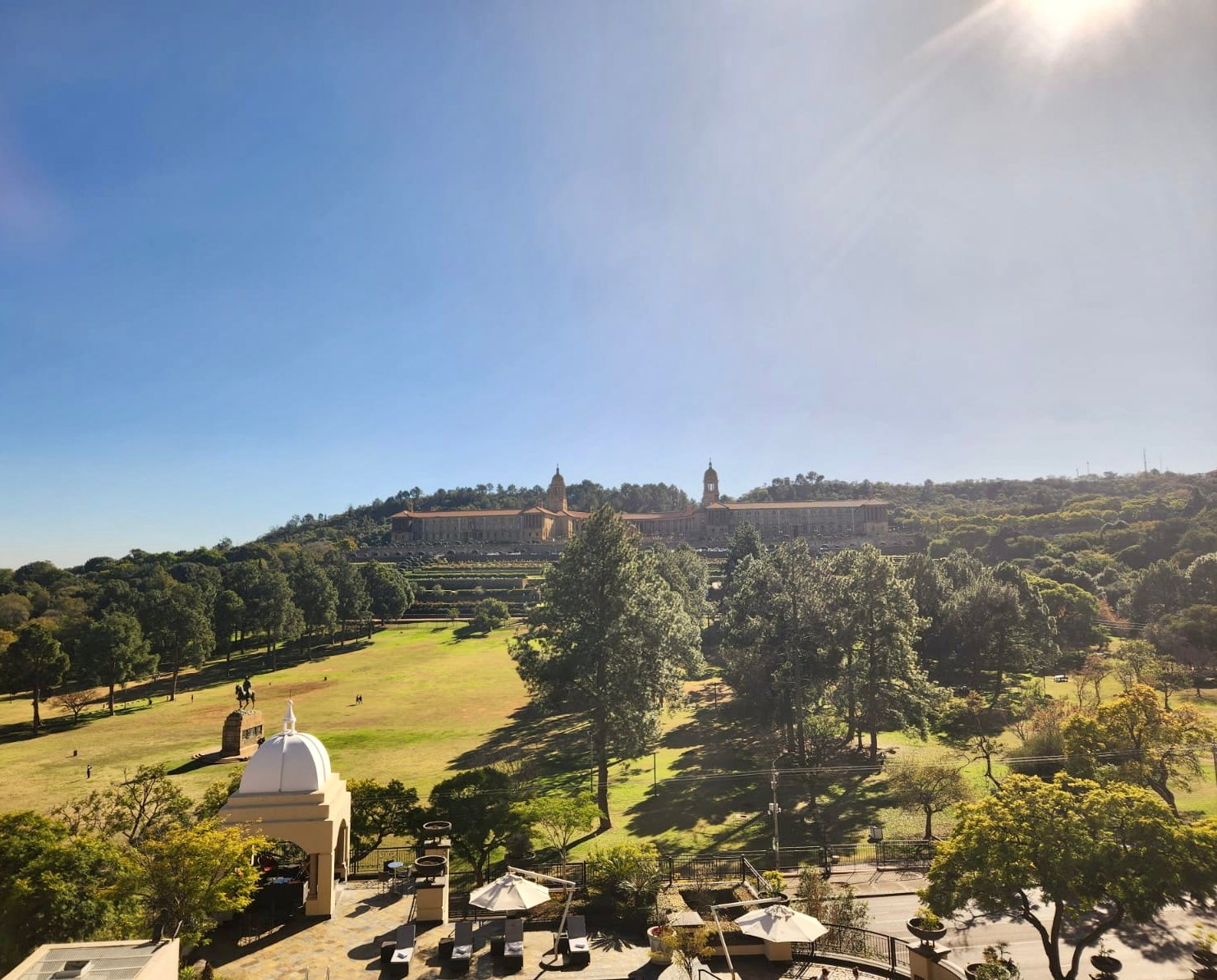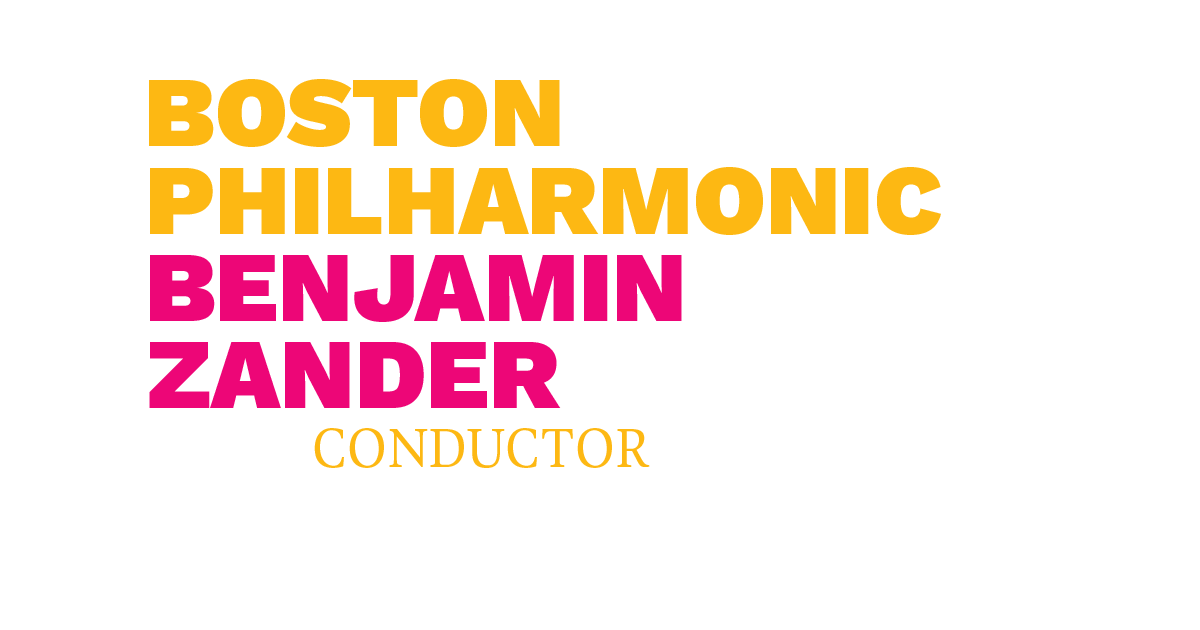
The Union Buildings, the seat of South Africa’s government, in Pretoria.
Maybe, just maybe, life as we knew it – that is, from Before the Covid Era (what I’ll herewith refer to as “the other BCE”) – is truly returning.
It certainly seems that way when it comes to the Boston Philharmonic Youth Orchestra’s summer schedule. After a nearly three-year-long pause in touring, less than one (just 350 days, in fact) separates the end of last year’s trip to Greece with the ensemble’s departure this past Sunday for South Africa.
Even so, the road getting to this point has been a long one. It began in 2019, when BPYO conductor Benjamin Zander travelled to Johannesburg to become the first non-South African to receive a Lifetime Achievement Award from that city’s ABSA Achievement Awards. As will surprise exactly nobody who knows Ben, one thing led to another and, in the blink of an eye, the BPYO was planning a tour to that country.
Fate, though, had other plans. First, the pandemic intervened and shut down orchestral travel and all else in 2020. When things tentatively resumed two years later, the BPYO was heading in another direction completely: Russia. But global events forced it to take an abrupt (though, as it turned out, utterly serendipitous) Hellenic detour. Now, at long last, South Africa awaits.
Given that backstory – not to mention the sheer distances involved – it isn’t at all surprising that 2023’s five-city trek is one for the books. Our travels, which include stops in Pretoria, Soweto, Johannesburg, Cape Town, and Makhanda, ensure that this is both the orchestra’s longest tour (eighteen days from start to finish) and that it also takes the group further from Boston than it’s ever gone before: as the crow flies, the distance from Symphony Hall to Cape Town (our southern-most destination) is a whopping 7716 miles.
Add to this some of the most demanding orchestral repertoire out there – Beethoven’s Fifth, Mahler’s Second, and Strauss’s Ein Heldenleben – plus a schedule that includes seven side-by-sides, exchanges, or musical workshops on top of seven formal concerts, and the next two-plus weeks promise to be anything but business as usual.
Not that any among our group of around 130 expects less. One doesn’t join the BPYO for the ho-hum. Neither does the ensemble tour for mundane reasons.
Quite the opposite, really: nothing less than transformation – of minds, hearts, preconceived notions – is the goal. How that will be achieved over the next fortnight is anyone’s guess. But much of the excitement and wonder of these trips comes from seeing things transpire in real time.
At the center of everything is, of course, the music and this year’s repertoire is something special.
True, the BPYO plays lots of late-Romantic fare: Beethoven, Mahler, and Strauss are Zander specialties. Yet the fact that these particular works form the core of a youth orchestra’s tour is, frankly, remarkable. Certainly, none of those composers ever envisioned a group of teenagers taking their music, playing it like a bunch of accomplished adults, and then traveling with it to the austral corner of Africa.
Yet here we are.
The most intriguing inclusion, as far as I’m concerned, is Mahler’s Resurrection Symphony. Not only does the piece call for two vocal soloists and a huge choir (the BPYO’s three performances of the work here involve local talent filling those roles), but it’s one of the most intricate symphonies in the canon: the level of detail Mahler wrote into the score is almost overwhelming.
Yes, the orchestra played it, thrillingly, at Symphony Hall last month. And, no doubt, it’s far more familiar to everybody now than it was six weeks ago. Still, there are legitimate logistocal and interpretive reasons why professional ensembles rarely bring the Resurrection Symphony with them when they hit the road. (Of course, the BPYO isn’t your run-of-the-mill band: this is the second time they’ve undertaken that very feat. The first was in 2013.)
At least Ein Heldenleben is a cinch by comparison: all that piece requires is a huge orchestra of supreme technical and musical abilities. And everybody knows Beethoven’s Fifth (or thinks they do).
But to really bring something as iconic as the Beethoven to life requires a degree of mental and musical discipline that’s hard to come by. Ditto for Mahler and Strauss, whose music involves so many more moving parts. All of which to say: from a performer’s standpoint, both of this year’s programs (the Fifth and Ein Heldenleben make up one, the Resurrection Symphony the other) are daunting and draining.
In addition to performance issues, there’s the additional fact that, in some of the spots we’re visiting (like Soweto), Western orchestral music is a rare phenomenon. What will audiences think of this fare? How might they respond to something so sprawling and unfamiliar as the Mahler? If ever there were an opportunity to put the Zander maxim that “everybody loves classical music – they just don’t all know it yet” to the test, this would seem to be the one.
Of course, he and the BPYO thrive on such a challenge: few ensembles or conductors are better suited to proselytize for the art form. The palpable intensity and purpose the orchestra brings to its playing, which is rooted in Ben’s philosophy of Possibility, speaks for itself. At the heart of it is an emphasis on intentionality and forethought. The results, often, are performances that are viscerally felt and fervent.
At their best, too, the orchestra doesn’t just give great concerts. Rather, the BPYO – like any collective of serious musicians worth their salt – aims for objectives beyond the notes on the page: they target the true meaning of the music, those vague, deep nuances that can express on the deepest level the very warp and woof of human experience.
Now, connecting the music in a symphony by Beethoven or Brahms or Mahler to life as we live it can be tricky. In some contexts the effort can seem downright absurd.
But one of Ben’s great gifts is his ability to distill a piece like Ein Heldenleben to its enduring essence and convey that meaning succinctly in words. These spoken introductions are always lucid; the musical results that follow are typically the same. In the process, the art of music making is elevated to something truly fundamental and necessary. It’s not going too far to say that this combination of skills is the hallmark of the Zander-BPYO pairing.
And now they’ve brought it all the way to South Africa. How this great musical adventure and social experiment unfolds will be the chronicle (mainly) of the coming entries. Who knows how it will all go? Given that plans, regardless of how well-intentioned they are or not, are subject to the whims of chance, we can be sure there will be surprises and hiccups. We’ll roll with those when they come.
But first things first: right now everybody need to recalibrate their physical bearings. The process of getting to Pretoria from Boston takes no less (and sometimes a good deal more) than twenty-four hours. We can get into the nitty-gritty of that later. Right now, though, some much-needed sleep is in order.

En route to Johannesburg (somewhere over Angola).
Photo credits: Joshua Newberger and Jonathan Blumhofer.





